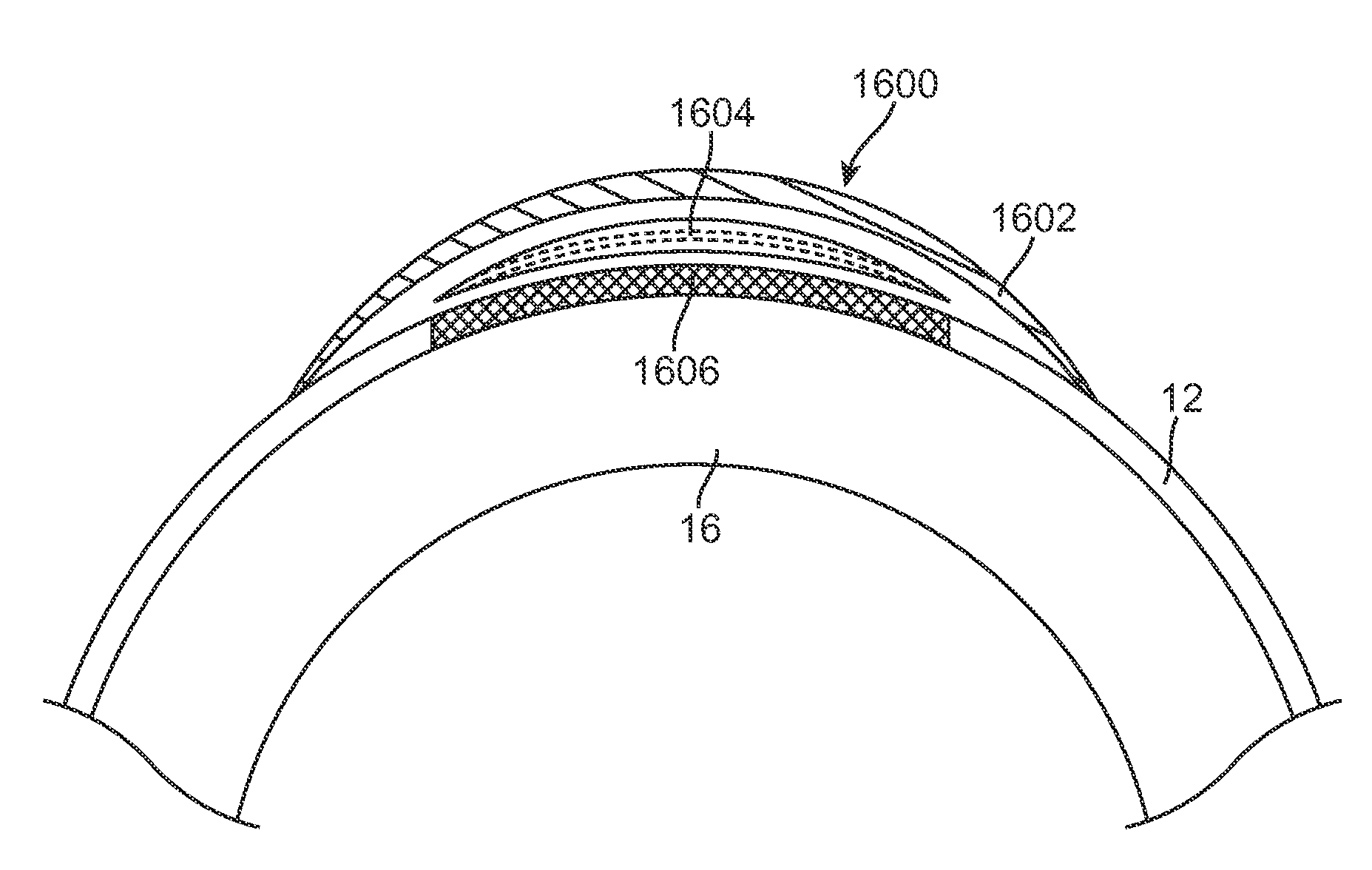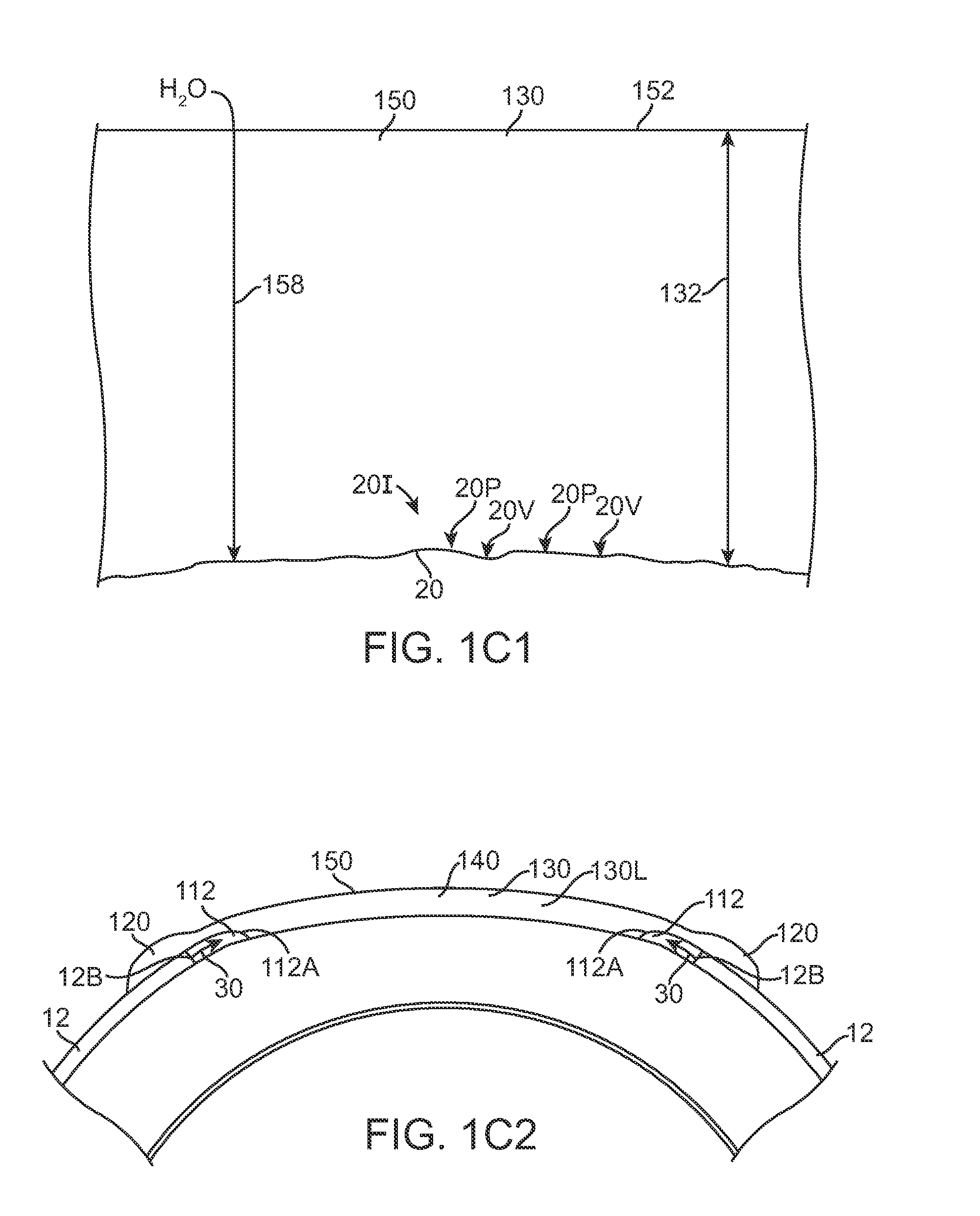Therapeutic device for pain management and vision
a technology for visual rehabilitation and vision, applied in the field of visual rehabilitation and pain treatment, can solve the problems of degeneration of the image seen by a patient, excessive hydration of the cornea, and deformation of the nerve fibers of the cornea, so as to improve vision, improve hydration of the cornea, and reduce pain
- Summary
- Abstract
- Description
- Claims
- Application Information
AI Technical Summary
Benefits of technology
Problems solved by technology
Method used
Image
Examples
example outcome
[0713 Measures:[0714]1 Relative change in pain before and after placing fibrin glue between study eye and non-study eye.[0715]2 Relative change in discomfort before and after placing fibrin glue between study eye and non-study eye.[0716]3 Difference in study eye between pre-procedure and post-procedure pain (1 hr, 2 hr and 4 hr only).
[0717]Animal studies may be also conducted in accordance with the embodiments described above.
[0718]It should be appreciated that the protocols shown above provide a particular method of testing therapeutic coverings, according to some embodiments of the present invention. Other embodiments may also be tested in accordance with at least some aspects of the above testing protocols. Furthermore, additional embodiments may be tested in combination or removed depending on the particular applications. One of ordinary skill in the art would recognize many variations, modifications, and alternatives.
[0719]FIG. 31A shows measured corneal edema immediately follo...
PUM
 Login to View More
Login to View More Abstract
Description
Claims
Application Information
 Login to View More
Login to View More - R&D
- Intellectual Property
- Life Sciences
- Materials
- Tech Scout
- Unparalleled Data Quality
- Higher Quality Content
- 60% Fewer Hallucinations
Browse by: Latest US Patents, China's latest patents, Technical Efficacy Thesaurus, Application Domain, Technology Topic, Popular Technical Reports.
© 2025 PatSnap. All rights reserved.Legal|Privacy policy|Modern Slavery Act Transparency Statement|Sitemap|About US| Contact US: help@patsnap.com



